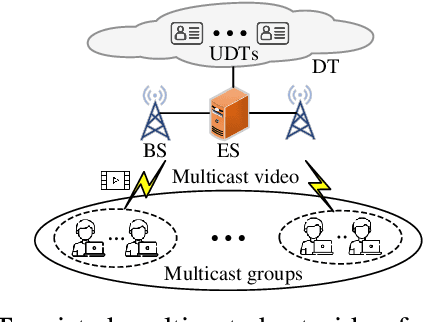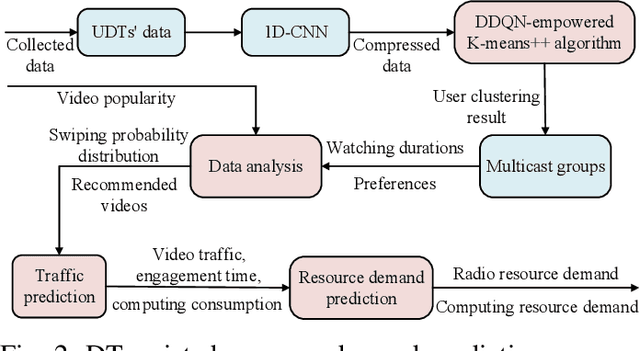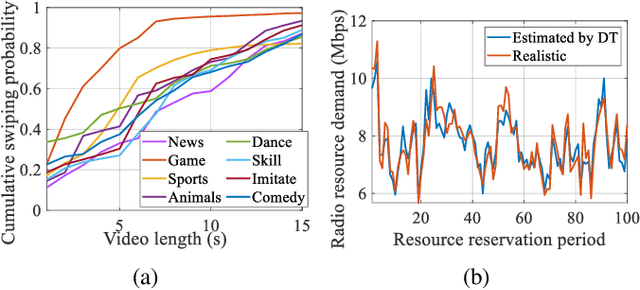Xuemin Sherman Shen
Deep Image Semantic Communication Model for Artificial Intelligent Internet of Things
Nov 08, 2023Abstract:With the rapid development of Artificial Intelligent Internet of Things (AIoT), the image data from AIoT devices has been witnessing the explosive increasing. In this paper, a novel deep image semantic communication model is proposed for the efficient image communication in AIoT. Particularly, at the transmitter side, a high-precision image semantic segmentation algorithm is proposed to extract the semantic information of the image to achieve significant compression of the image data. At the receiver side, a semantic image restoration algorithm based on Generative Adversarial Network (GAN) is proposed to convert the semantic image to a real scene image with detailed information. Simulation results demonstrate that the proposed image semantic communication model can improve the image compression ratio and recovery accuracy by 71.93% and 25.07% on average in comparison with WebP and CycleGAN, respectively. More importantly, our demo experiment shows that the proposed model reduces the total delay by 95.26% in the image communication, when comparing with the original image transmission.
Digital Twin-Assisted Resource Demand Prediction for Multicast Short Video Streaming
Jun 09, 2023


Abstract:In this paper, we propose a digital twin (DT)-assisted resource demand prediction scheme to enhance prediction accuracy for multicast short video streaming. Particularly, we construct user DTs (UDTs) for collecting real-time user status, including channel condition, location, watching duration, and preference. A reinforcement learning-empowered K-means++ algorithm is developed to cluster users based on the collected user status in UDTs, which can effectively employ the mined users' intrinsic correlation to improve the accuracy of user clustering. We then analyze users' video watching duration and preferences in each multicast group to obtain the swiping probability distribution and recommended videos, respectively. The obtained information is utilized to predict radio and computing resource demand of each multicast group. Initial results demonstrate that the proposed scheme can effectively abstract multicast groups' swiping probability distributions for accurate resource demand prediction.
Digital Twin-Assisted Collaborative Transcoding for Better User Satisfaction in Live Streaming
Nov 13, 2022



Abstract:In this paper, we propose a digital twin (DT)-assisted cloud-edge collaborative transcoding scheme to enhance user satisfaction in live streaming. We first present a DT-assisted transcoding workload estimation (TWE) model for the cloud-edge collaborative transcoding. Particularly, two DTs are constructed for emulating the cloud-edge collaborative transcoding process by analyzing spatial-temporal information of individual videos and transcoding configurations of transcoding queues, respectively. Two light-weight Bayesian neural networks are adopted to fit the TWE models in DTs, respectively. We then formulate a transcoding-path selection problem to maximize long-term user satisfaction within an average service delay threshold, taking into account the dynamics of video arrivals and video requests. The problem is transformed into a standard Markov decision process by using the Lyapunov optimization and solved by a deep reinforcement learning algorithm. Simulation results based on the real-world dataset demonstrate that the proposed scheme can effectively enhance user satisfaction compared with benchmark schemes.
 Add to Chrome
Add to Chrome Add to Firefox
Add to Firefox Add to Edge
Add to Edge